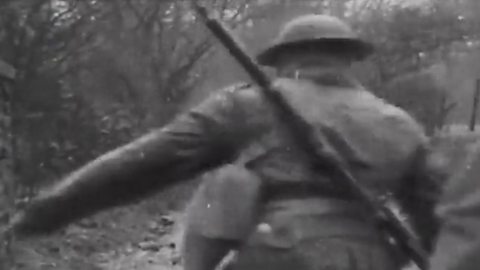Kilkeel's links to World War Two and the USA

Grange Primary School Kilkeel
Grange Primary School are exploring a World War Two airfield.
Greencastle Airfield
In early 1942 Greencastle Airfield, which lay two miles south of Kilkeel, was built and subseuquently opened as RAF Greencastle to train Royal Air Force bomber Operational Training Units. The RAF transferred the site to the United States Army Air Force (USAAF), and in August 1943 USAAF Station 237 opened at the airfield.
Locals recalled the impact this had on the relatively quiet fishing town of Kilkeel, close to the Mourne Mountains, with Kilkeel suddenly being filled with American uniforms, "strange accents" and the rumbling noise of the aircraft.

Greencastle Airfield proved to be busy, and for many airmen from the United States, Northern Ireland airfields such as Greencastle would be their first step into the war in Europe. During World War Two there were a number of US airfields operating across Northern Ireland.
On 17 May 1944 General Eisenhower (the future president of the United States) flew in for an inspection of the airfield at Greencastle.
The airfield was returned to the RAF in 1945, and it almost immediately closed down.

GIs in NI
American troops training in Northern Ireland and adapting to the local weather.
Global granite
In the 1960s Greencastle Airfield's runways were broken up, and the concrete slabs from it were used to construct local walls.
These walls were another part of the rich legacy of the Mournes' granite industry.
The famous Mourne Wall, built by local men, was constructed between 1904 and 1922 by the Belfast Water Commissioners to define and enclose the 9,000 acre catchment area for the .
The wall is 22 miles in length and is constructed of granite from quarries around the Mourne Mountains. It was designed to keep farm animals away from the reservoirs and rivers that flow into them.
The Mourne Wall is now a "listed building" and is popular with tourists, walkers and cyclists.
Why not explore your local town and discover its history?




